Developing the 5100 mobile surround microphone
The 5100 Mobile Surround Microphone is a plug and play solution for 5.1 capture. It employs five miniature pressure transducers with interference tubes and acoustic baffles. Tonmeister Mikkel Nymand explains the thinking and processes behind it.
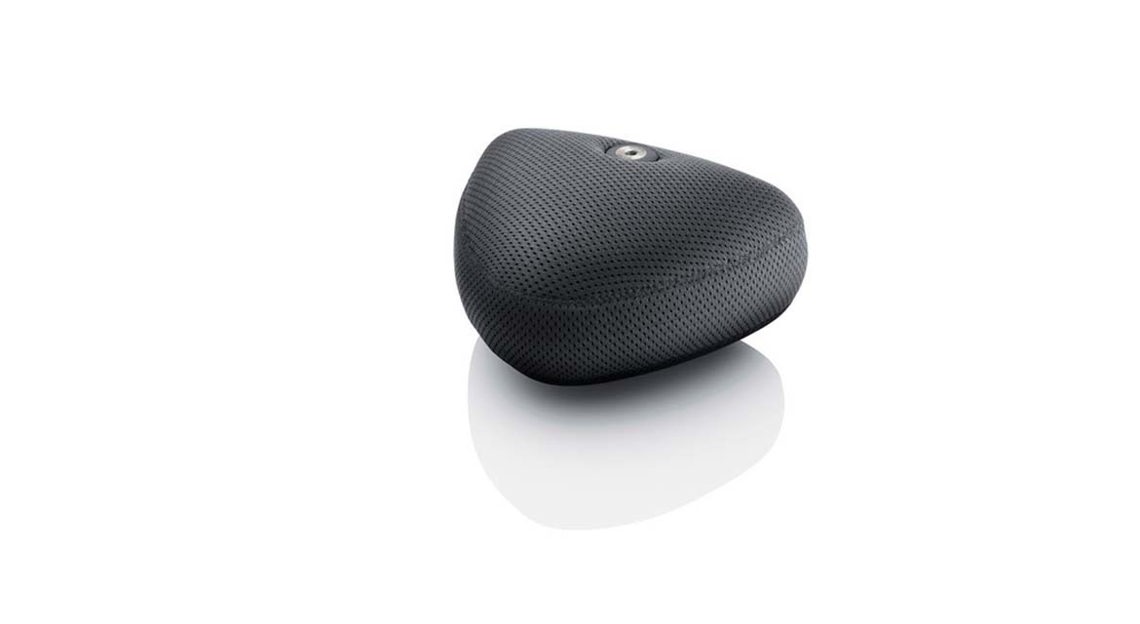
Keywords: Surround-sound, produced surround-sound, acoustic surround-sound, coincident array, spaced array, mobile surround, soundfield capture, DiPMic technology, psychoacoustic perception, LFE, break-out connector, multi-cable, wind
Error loading Partial View script (file: ~/Views/MacroPartials/TaggedProducts.cshtml)The 5100 Surround Microphone is a plug and play solution for 5.1 capture. It employs five miniature pressure transducers with interference tubes and acoustic baffles. Tonmeister Mikkel Nymand explains the thinking and processes behind it.
Different needs for recording in surround
Having used, designed and delivered quite a few different surround microphone arrays over time, DPA Microphones knows about the different needs and applications of recording acoustic surround sound. The most recent demand is the need for portability for what we could call ‘instant’ surround sound capture or ‘surround to-go’ — productions where you do not have the set-up time and space that music producers normally have. Broadcasting, whether it is news, documentary, entertainment, post-production or sports, have to deliver 5.1 sound to their High Definition productions and they’ll need a precise, fast working and reliable tool for this.
The demands for a mobile surround microphone are simple: portability, light-weight, robustness, ease-of-use, wind and water protection, quick set-up time without needing additional processing and the impressive and enveloping sound quality listeners expect.
Produced surround and acoustic surround
Before going much further, here are some general thoughts regarding surround sound production. The goal for surround productions, in general, is to envelop the listener and to intensify the audio experience. There must be a significant difference to stereo productions; otherwise it adds no new experience for the listener.
It is also important to distinguish between produced surround and acoustic surround. Produced surround is where a sometimes high number of mono channels are surround-panned in the sound field. Most modern mixers and workstations can deliver this functionality to create a virtual reality. Acoustic surround, on the other hand, aims to increase the feeling of presence in a specific acoustic sound environment by capturing the characteristics of the acoustics using surround microphone techniques.
Capture and play back the entire sound field
The major benefit of 5.1 surround-sound compared to stereo is that the direction where the ambience is picked up from is also is the direction from which it is reproduced. The figures show an original, but simplified sound stage and its playback artefact in stereo and more authentic 5.1 surround-sound playback.
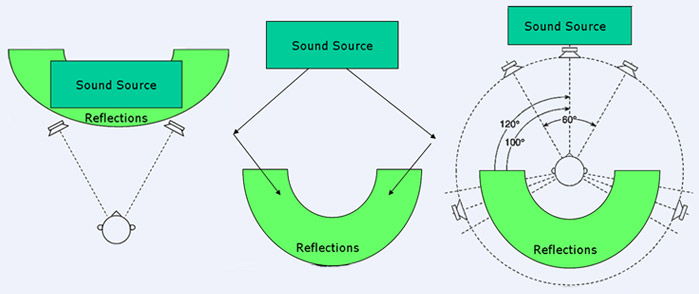
Well-balanced surround captures the entire sound field and have optimized imaging and localization. These productions will not only represent the direct signal in the front-system and the ambience in the surrounds, but they also have a smooth and coherent sound all around the listener. Good acoustic surround-sound requires high-quality microphones that have a neutral character to create an authentic feeling of ‘being there’ and they should have wide dynamic and frequency ranges. Good acoustic surround requires identical microphones with excellent off-axis response and minimal phase deviations to be able to make a smooth blend in the surround stage between the front and rear channels.
| Type | Envelopment | Sweet spot size | Compactness / portability | Localization accuracy |
| Coincident arrays | - | - | + | + |
| Spaced arrays | + | + | - | - |
Coincident arrays vs. spaced arrays
Coincident techniques (localization cues based only on level differences between signals) can create proper localization accuracy, but lack envelopment and result in a small sweet spot. The advantage of a coincident array is that it is compact and portable. A spaced surround array creates a three-dimensional enveloping sensation by providing adequate amounts of decorrelation between the signals. Localization cues are based on differences in time-of-arrival. When adapting the microphone placement (distance and angle) to the sound field, spaced arrays still provide good localization accuracy.
Spaced techniques give a large sweet spot area and you sense the enlarged and enveloping sound stage in a larger listening field. The disadvantage is the size, visibility and set-up time.
There are some different technologies available to make a surround microphone work. Given the precise specification that it should be as compact as possible — preferably within the dimensions of this magazine — then the use of widely spaced mics with decorrelated signals is, of course, not the way to go. The directionality has to be obtained mainly by level differences and some head-related spectral cues. However, the 5100 is not a head-related phase cue solution, with microphones flush-mounted on a dummy head since that technology works best when played back on headphones (eliminating crosstalk and room tone by playing direct-to-ear).
Our initial working model was cut from a cardboard box and had five omni microphones. The performance was surprisingly good. Envelopment and localization was rich but frequency response suffered from comb-filtering. We chose the well-known method of separating the omni microphones with some absorbing material and the challenge was then to find a material close enough to not let sound through and yet open enough not to reflect it. A fiber-like material was developed to act as acoustic baffles (partition walls) between the microphones like a Jäcklin Disc does for improving localization in AB stereo arrays.
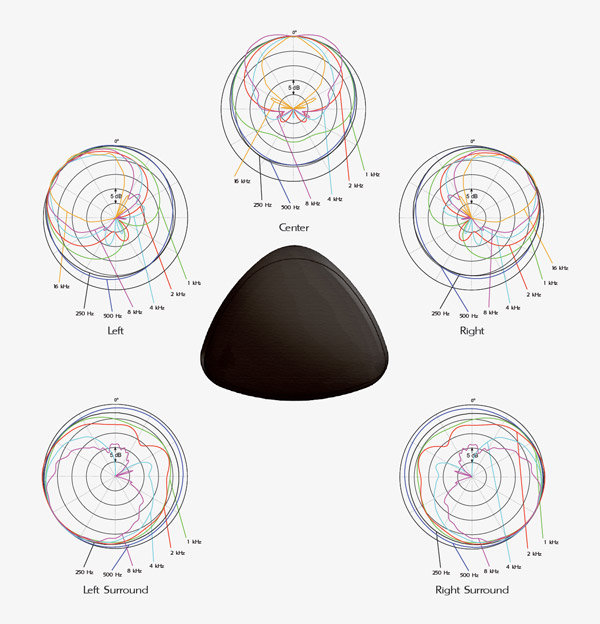
The DiPMic technology
True pressure microphones (omnidirectional) have some advantages over pressure gradient directional types. The distortion is typically lower resulting in a more natural sound color. The proximity effect is nonexistent resulting in a consistent low-frequency response regardless of distance to sound source. Further, the wind and handling noise is much lower, which is a major plus when it comes to the applications for which the 5100 is designed. As seen on the graphs, the wind noise on a pressure microphone is typically a minimum of 20dB lower than on a pressure gradient below 200Hz (where wind noise is most prominent).
Nearly a decade of research and development at DPA Microphones in the use and design of interference tubes means we know how to design them and use them to control the behavior of a microphone. Directionality and frequency response can be controlled and for the first time in our industry we’ve used interference tubes on pressure microphones — a technology normally found on pressure gradient capsules for shotgun microphones. We’ve introduced the DiPMic (Directional Pressure Microphone) principle on the three front-microphones and this gives us the best of both worlds — the advantages already mentioned and the psychoacoustic directional cues obtained by level and spectral shifts with interference tubes and acoustic fiber baffles.
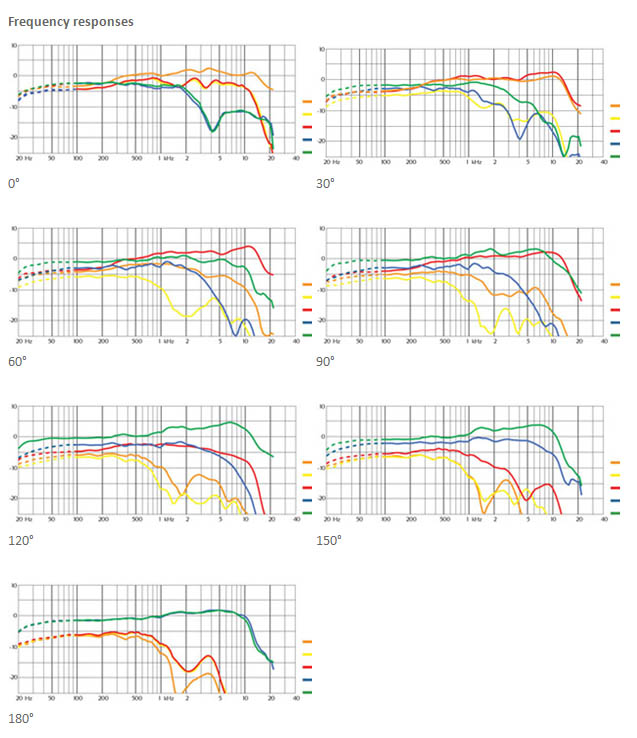
Backwards compatible
An important issue in broadcast audio is compatibility to stereo and mono. Even the most beautiful surround mix has to be able to be played back in mono without dramatically changing the sound color. For the 5100 we chose the front-array of L, C and R microphones to be time coincident to keep the possibility to sum these to stereo or mono without causing phase cancellations. Angles between the microphones and partition walls create directionality for stereo or surround.
Benefits from three psychoacoustic perception cues
In addition to the aforementioned level and spectral differences from the DiPMic and the acoustic fiber baffles, as much time difference as possible within such a compact unit is desirable to feel the size of the surround sound component. The front array is spaced from the rear microphones and the spacing between rear microphones is a head related distance of 185 mm (7.3 in) and contributes to the sensation being as spacious as possible. Even more, spaciousness is wanted in many cases and adding delay to the rear channels is a powerful way of obtaining this.
Mixing tips and tricks
Making the rear microphones seem as if they are 3-5 m (about 10-15 ms) away from the front array makes you aware of a time gap and ‘improves’ three-dimensionality. However, you have to use this technique with caution when recording percussive and dynamic content in the rears. Delaying these components creates a psychoacoustic mismatch when the sources are perceived to be louder but later than the front. This is why a spaced array is always correct for any angle regarding natural time delay between any channels.
Human hearing has a high-frequency roll off to sound sources coming from behind. Any component with this character will, by nature, be perceived as being ‘ambient’ or ‘behind’. Helping the rear channels with a 3 dB shelving attenuation EQ can also be considered in some applications.
LFE output
When talking about low-frequency content and LFE it is important to distinguish between the LFE channel content and the use of an active subwoofer. LFE means low-frequency effects and derives from the film industry. It is a separate channel to improve dynamics in the bass region for film mixers. It is adapted to the 5.1 ITU norm as a frequency-limited channel and should be reproduced at +10 dB (which means the channel itself is at -10dB).
For the 5100 we chose to deliver a separate LFE output to be 5.1 plug-and-play ready. All five full bandwidth channels also contain the low-frequency part down to 20Hz. The LFE output is simply the extra energy that finalizes the sound color of the unit — you are not obliged to include it but it’s recommended. If downmixing, it is advisable to include the LFE channel equal to LR. The 5100 LFE output is a sum of L&R, low-pass filtered at 120 Hz and attenuated 10 dB. It is in-phase with the low-frequency content of LR.
The 5100 LFE output can be considered to be part of the microphone’s spectral sound color and as such is adjusted by ear. If you analyze the frequency response of the three front DiPMic microphones, you will find that they — as a result of the interference tubes — tend to have a rise in the higher frequencies. Therefore, the LFE provides a nice and intense sound energy to the final tonal balance.
Breakout connector and cable
The analogue 5.1 output of the 5100 runs through a multipin Lemo connector carrying all six channels electronically balanced while a 5 m (16 ft) six-pair Mogami cable breaks out to six Neutrik XLR-M connectors.
What the 5100 has been tested with
We have tested the 5100 extensively on a diverse range of recording applications. We recorded moving objects like sports cars, horses, trains, planes, gun shots and even a rocket launch, as well as captured atmospheres for football games and an auto garage. We have also used it for more conventional music recordings like string quartets and a church organ. We believe the result with the 5100 is a surround-sound atmosphere that is rich, smooth and fully enveloping, yet great in its coherence, channel separation and localization accuracy.
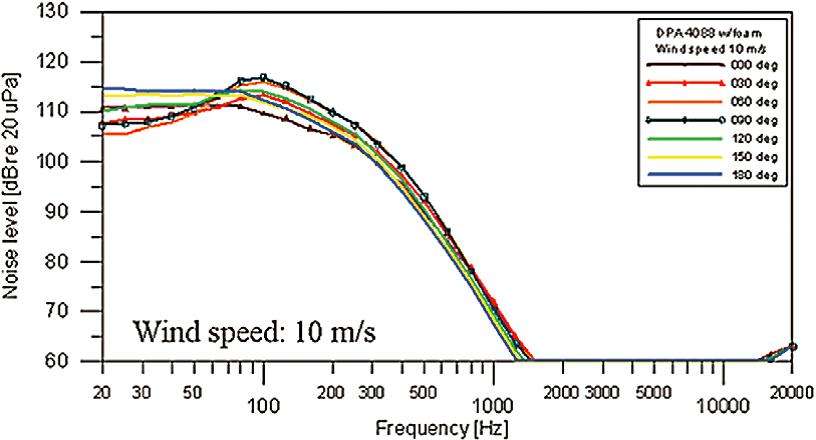
Wind noise, equivalent SPL vs. frequency, 4088 Directional Headset Microphone with a foam windscreen.
Error loading Partial View script (file: ~/Views/MacroPartials/TaggedProducts.cshtml)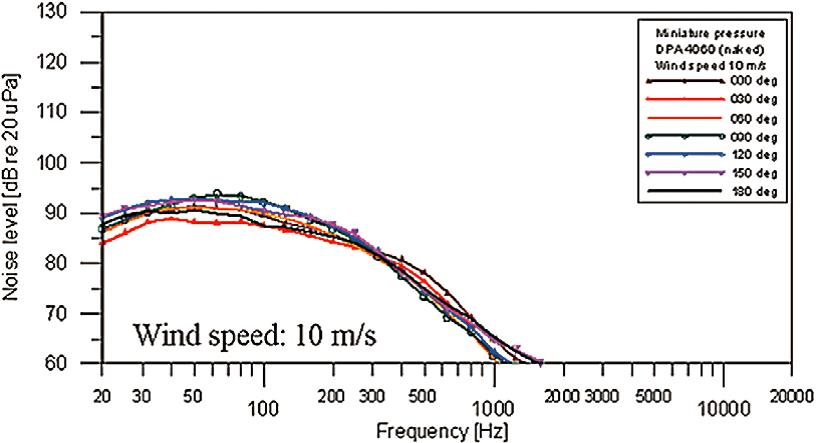
Wind noise, equivalent SPL vs. frequency, 4060 Omnidirectional Microphone, Hi-Sens (no windscreen).
Error loading Partial View script (file: ~/Views/MacroPartials/TaggedProducts.cshtml)




